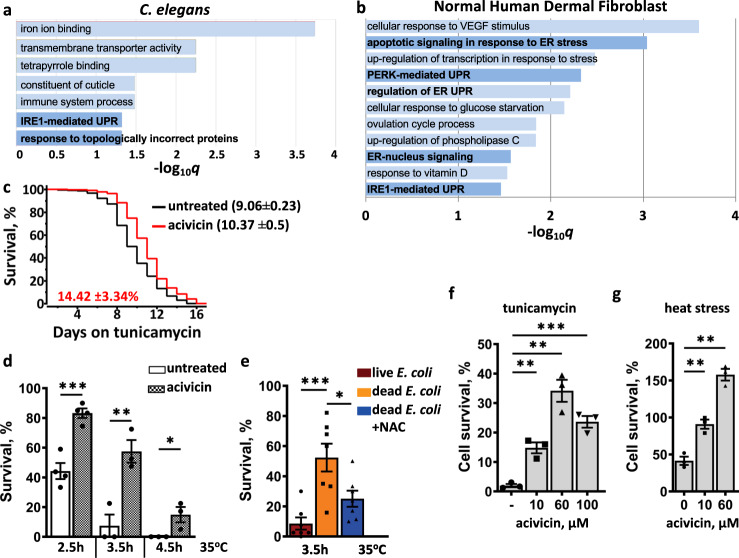Fig. 7. Evolutionary conservation of the response to dietary thiols restriction.
UPR is the highly enriched (gene ontology) category among the genes upregulated by acivicin in C. elegans (>0.5 log2 fold) (a) and in human dermal fibroblasts (>1 log2 fold) (b); see also Supplementary Data 2 and 3. Worms pretreated with acivicin are resistant to tunicamycin (c) and heat (d). WT worms were exposed to 75 µM acivicin from eggs until day 2 of adulthood and then subjected to proteotoxic stress (see Experimental procedures). The graph represents the composite of three independent experiments. In c, the average percentage survival change ±SD relative to untreated control is indicated in red (n = 150). In d, the graph represents an average ±SEM from at least three independent experiments (n = 109–150 worms). e Worms reared on dead E. coli diet are resistant to heat stress. WT worms reared on live, dead or dead+NAC E. coli diet until day 2 of adulthood and then subjected to heat stress (35 °C, 3.5 h). The graph represents an average ±SEM from seven independent experiments (n = 201–278 worms). See also Supplementary Table 11. Normal human dermal fibroblasts pretreated with acivicin are resistant to tunicamycin (f) and heat (g). Cells were pretreated with indicated concentration of acivicin for 24 h and then exposed to 10 μg ml−1 tunicamycin for 48 h (f) or heat shocked at 46 °C for 3 h (g). Survival was assessed 24 h later. Three independent experiments were performed and percent survival ±SEM was calculated against unstressed control supplemented with the same concentration of acivicin. See also Supplementary Fig. 11c, d. In all graphs p values are: n.s. not significant; *p < 0.05; **p < 0.01; ***p < 0.001; ****p < 0.0001; two-tailed t-tests.

